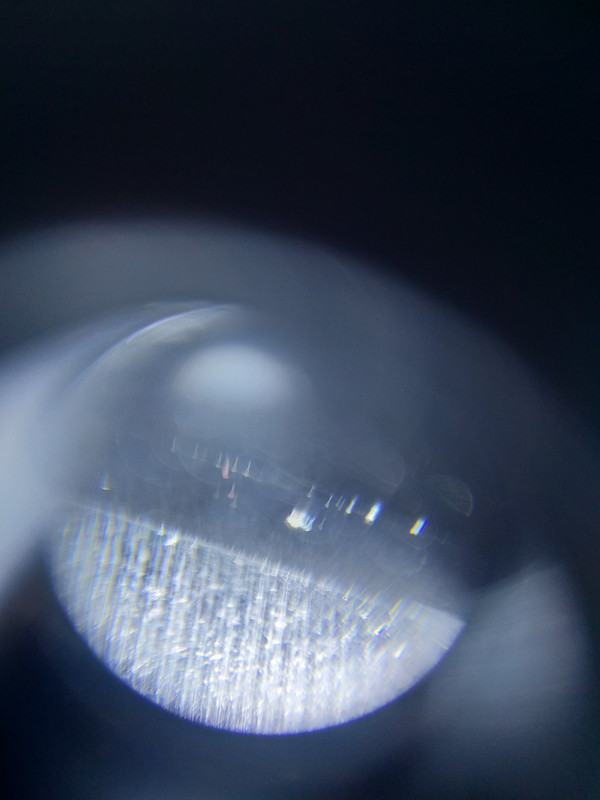I sharpen my knives almost exclusively on a King 1000/4000 water stone and have been deburring by simply drawing my knives through a piece of wood up until recently. Just picked up this cheap piece of leather with honing compounds for cheap on Amazon and have been using it to deburr my knives. I also picked up a 30x jewelers loupe to inpsect the wire edge as I'm stropping and it seems to be taking a considerable number of passes to get the wire edge to vanish assuming I'm looking at the right thing. I'd say I spend about as much time stropping as I do actually apexing the knife. Is this normal and if it is, why is this method of deburring so popular when much quicker methods of deburring that produce an adequate end result exist such as drawing the edge through wood?
So, I have done a lot of work with the cheaper abrasives to see just how much work you can squeeze out of them, in the name of cost-efficiency. You definitely can succeed with King stones and CrOx and M390. Just last night, I got my MT26 in freakin' PM A11 to hair-whittling with nothing more than the King 1200, King 6k, and and green compound on MDF.
It's a game of patience though, and diamonds will get the party poppin' way faster. But the point is:
it's possible with the tools you have already. I make no delusional claims of its time-efficiency. Better abrasives work better, and diamonds are simply better, but you also don't need to run out and drop $400 on a new diamond plate setup to get the sharpness you want.
That being said, though, the deburring on leather part shouldn't take long. I minimize my burrs a
lot on the stones, which I believe is paramount for achieving maximum sharpness. I want there to be as little work as possible for the final stropping step. Stropping for my process takes about 30 to 60 seconds. Burr minimization is so easy to do, such a fast process, and it makes achieving maximum sharpness so much easier that I think it is a mistake not to do it.
My procedure is this:
- Draw burr on side A
- Draw burr on side B
- Flip back and forth a couple times, using feather-light strokes to minimize the burr.
- Use a couple
gentle high-angle (edge angle + ~5dps) stropping passes on my
finishing stone only to set my apex
- Bare leather, lightly, maybe 10-ish passes per side to clean up whatever minute burr was formed with my high-angle work
Final note: diamonds aren't expensive either, so there is no reason not to buy some pastes. I don't recommend Norton or DMT pastes simply because they are absurdly expensive. Jeweler's polish (assorted diamond pastes) are available on places like Amazon or Ebay for
super cheap, and I have found several random brands to work fantastically.



